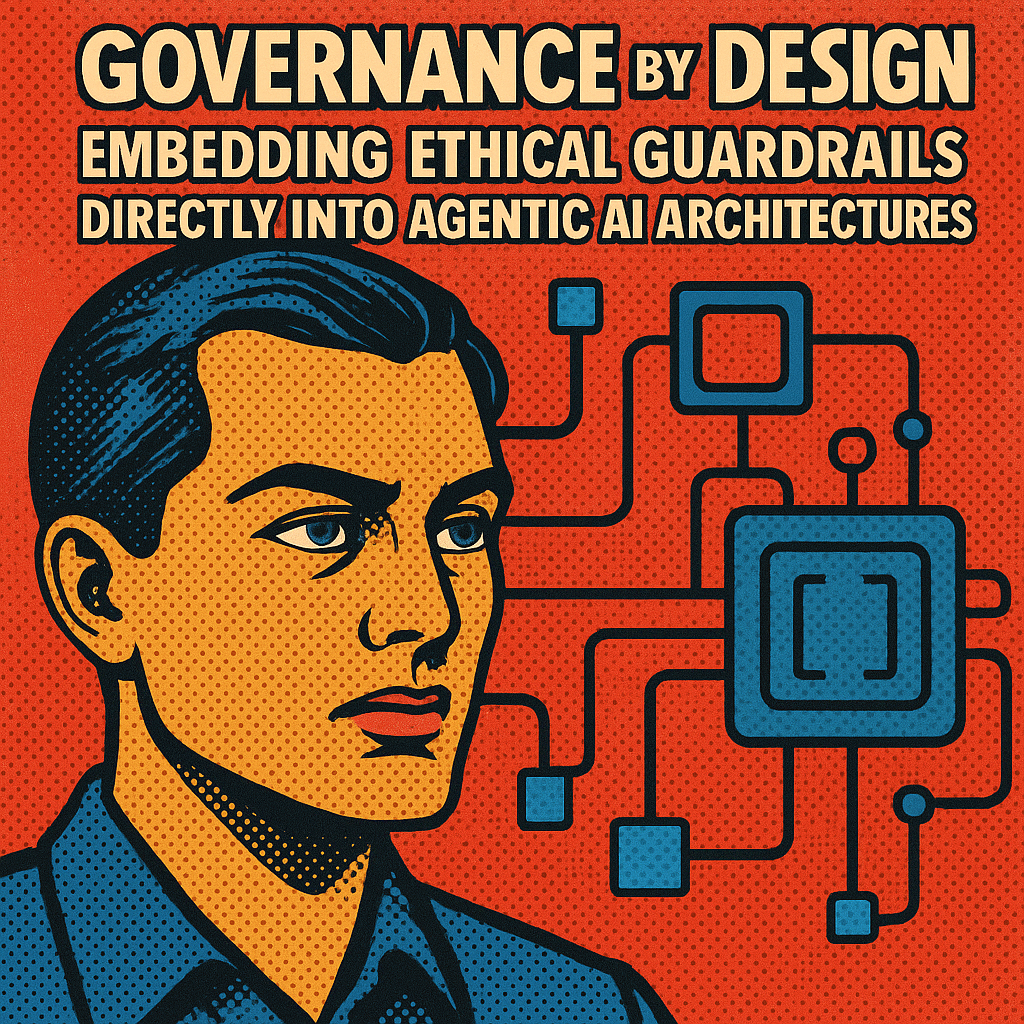
Governance by Design: Embedding Ethical Guardrails Directly into Agentic AI Architectures
As artificial intelligence systems gain increasing levels of autonomy, the traditional approach of adding compliance measures after deployment is proving inadequate. We need a new approach: Governance by Design; a proactive methodology that weaves ethical guardrails directly into the fabric of AI architectures from the ground up.

Common Ethical Dilemmas in Agentic AI: Real-World Scenarios and Practical Responses
Artificial intelligence continues to evolve at a rapid pace. Today's AI systems don't just respond to prompts or classify data; they act autonomously, make complex decisions, and execute tasks without waiting for human approval. These agentic AI systems promise remarkable efficiency gains, but they also introduce ethical challenges that many organizations aren't prepared to handle.

World Models: Teaching AI to Dream and Plan
What if AI could imagine possible futures before acting in the real world?
This isn't science fiction. It's happening right now through a breakthrough in artificial intelligence called world models. These systems allow AI agents to build internal simulations of their environment, testing different scenarios in their "minds" before making decisions in reality.
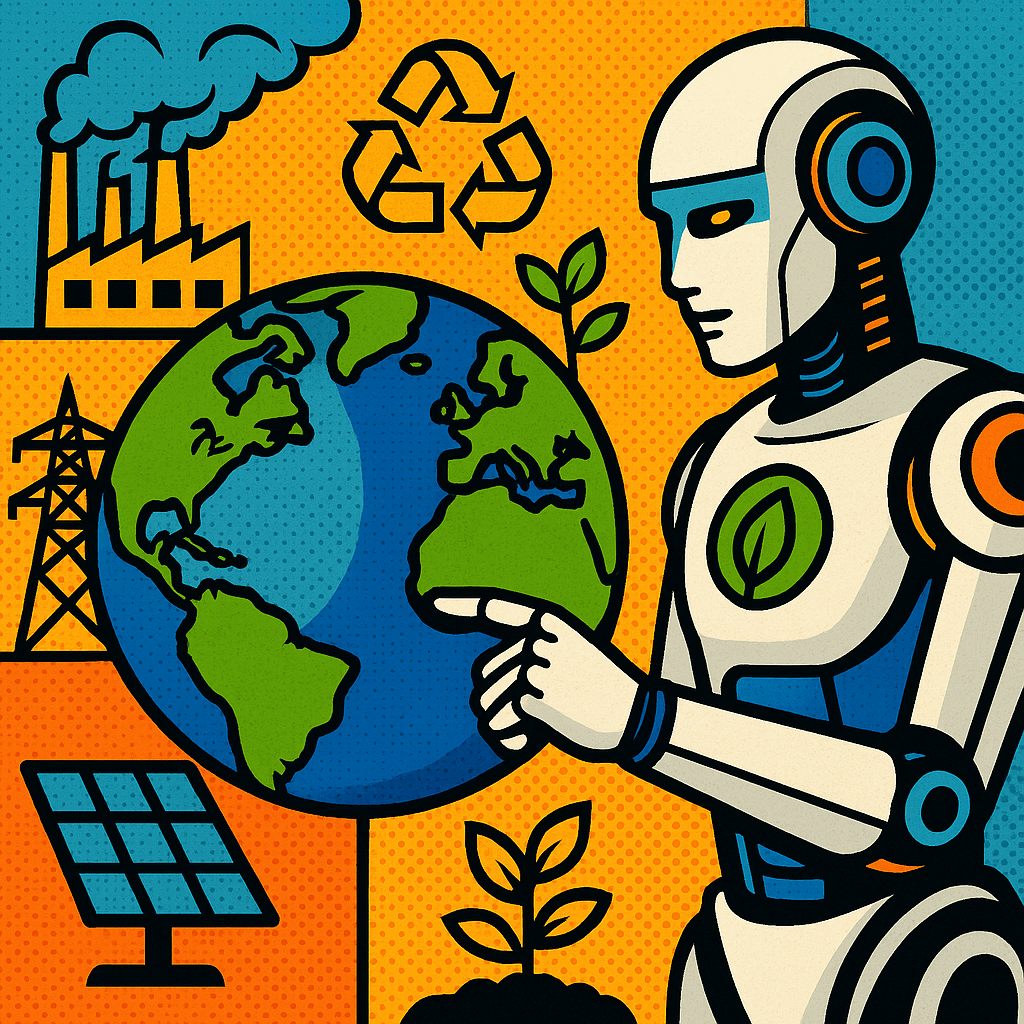
Agentic AI for Sustainability: Can Autonomous Agents Act as Environmental Stewards?
Traditional sustainability efforts are falling short. Manual oversight, fragmented data systems, and reactive decision-making create inefficiencies and dangerous blind spots that prevent organizations from responding to environmental challenges at the speed and scale required.
Enter agentic AI; autonomous agents that promise to monitor, optimize, and enforce sustainable practices continuously, without humans in the loop. But can artificial intelligence truly serve as our environmental steward? And what are the implications when we remove human judgment from sustainability decisions?
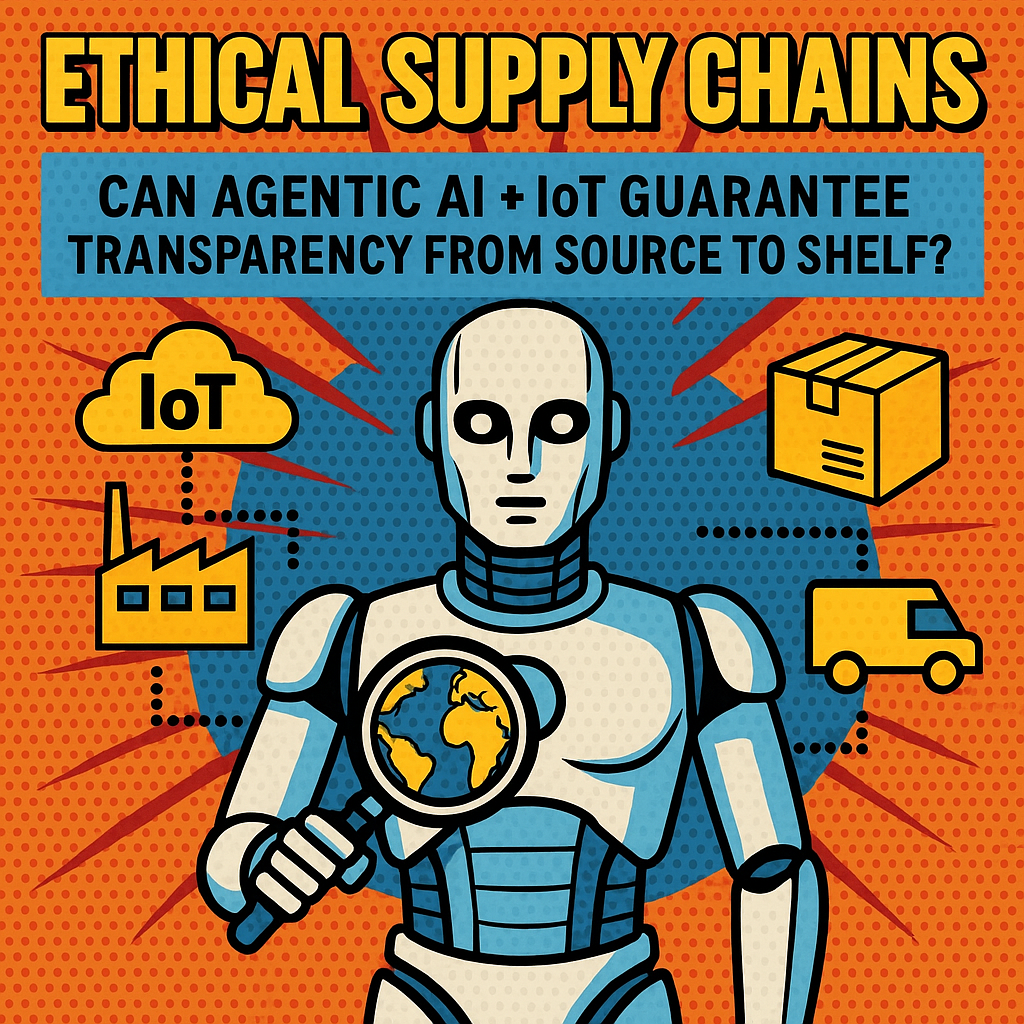
Ethical Supply Chains: Can Agentic AI + IoT Guarantee Transparency from Source to Shelf?
The modern consumer is no longer satisfied with a simple "made with care" label. They demand proof, verifiable evidence that their purchases align with their values. From conflict-free diamonds to carbon-neutral shipping, the pressure on brands to demonstrate ethical practices has reached a tipping point.

The New Battleground for AI Talent: Shortages, Acquihires, and the Gutting of Startups in 2025
As generative and agentic AI transform industries from healthcare to finance, a fierce battle is raging beneath the surface, not for data or computing power, but for the human minds capable of building tomorrow's AI systems. What began as healthy competition for skilled engineers has evolved into something far more dramatic: a systematic talent drain that's reshaping the entire startup ecosystem. The explosive growth in AI has created twin crises that threaten to fundamentally alter the innovation landscape. First, an acute shortage of AI talent that leaves even well-funded companies scrambling for qualified candidates. Second, an emerging trend of aggressive acquihires and talent poaching that's leaving promising startups as empty shells.
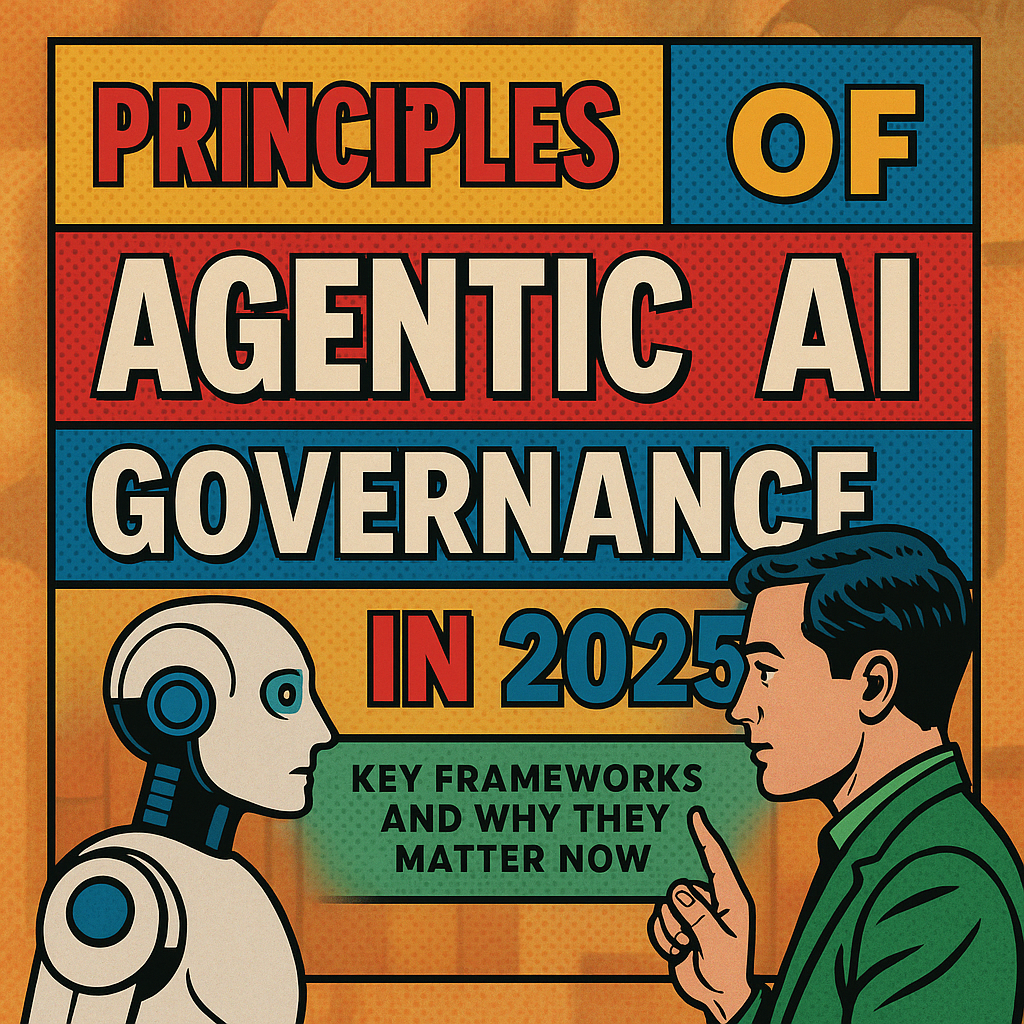
Principles of Agentic AI Governance in 2025: Key Frameworks and Why They Matter Now
The year 2025 marks a critical transition from AI systems that merely assist to those that act with differing levels of autonomy. Across industries, organizations are deploying AI agents capable of making complex decisions without direct human intervention, executing multi-step plans, and collaborating with other agents in sophisticated networks.
This shift from assistive to agentic AI brings with it a new level of capability and complexity. Unlike traditional machine learning systems that operate within narrow, predictable parameters, today's AI agents demonstrate dynamic tool use, adaptive reasoning, and the ability to navigate ambiguous situations with minimal guidance. They're managing supply chains, conducting financial trades, coordinating healthcare protocols, and making decisions that ripple through entire organizations.
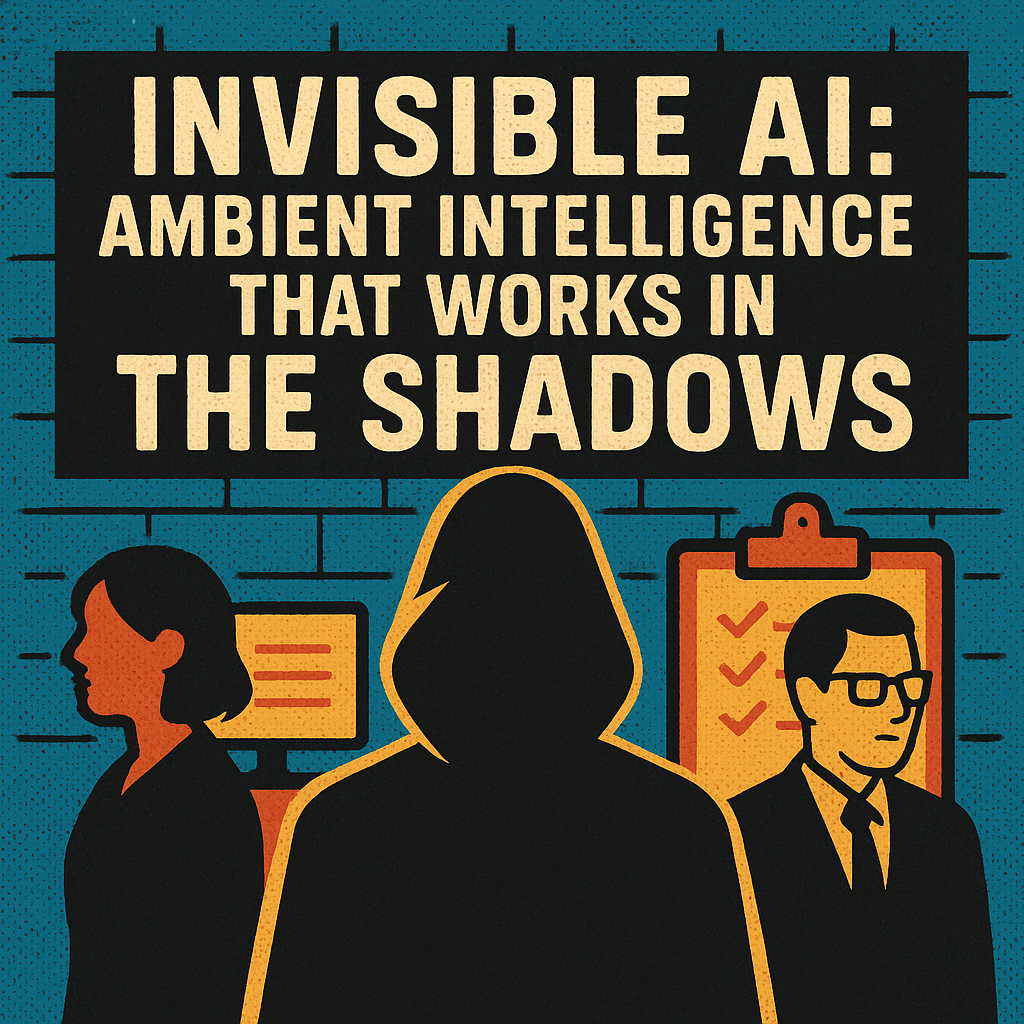
Invisible AI: Ambient Intelligence That Works in the Shadows
Picture walking into an office where the temperature adjusts perfectly without anyone touching a thermostat. Supply chains reroute shipments around disruptions before logistics managers even know there's a problem. Compliance violations get flagged and fixed automatically, leaving audit trails that appear like magic when inspectors arrive. This isn't science fiction; it's the emerging reality of invisible AI, where intelligent systems work tirelessly behind the scenes, making countless micro-decisions that keep businesses running smoothly.

De-Risking Agentic AI: Cybersecurity and Disinformation in a World of Autonomous Decision-Makers
The way organizations use artificial intelligence is shifting beneath our feet. We're moving from AI as a helpful assistant to AI as an autonomous decision-maker, operating in critical business and societal contexts with minimal human oversight. This transition to agentic AI brings unprecedented capabilities and unprecedented risks.

How to Create Authoritative Content for Generative Engine Optimization (GEO)
Generative AI is creating disruptions across many online activities including traditional online search. As AI-powered systems increasingly enable people to find information online, a new discipline has emerged: Generative Engine Optimization (GEO). Unlike traditional SEO, which optimizes for search engine algorithms, GEO focuses on making content discoverable and citable by generative AI systems like ChatGPT, Claude, Perplexity, and Google's AI Overviews. Authoritative content has become the cornerstone of GEO success. When AI systems synthesize answers from across the web, they prioritize sources that demonstrate expertise, credibility, and trustworthiness. Content that lacks these qualities gets overlooked, regardless of traditional SEO metrics.

Self-Healing AI Systems: How Autonomous Agents Detect, Diagnose, and Fix Themselves
As AI systems take on increasingly vital roles in supply chains, financial markets, healthcare infrastructure, and beyond, their ability to maintain themselves autonomously has shifted from a nice-to-have feature to an absolute necessity. Self-healing AI goes far beyond simple uptime metrics or automated restarts. It's the foundation for building truly resilient, trustworthy autonomous operations that can adapt, learn, and thrive in an unpredictable world.
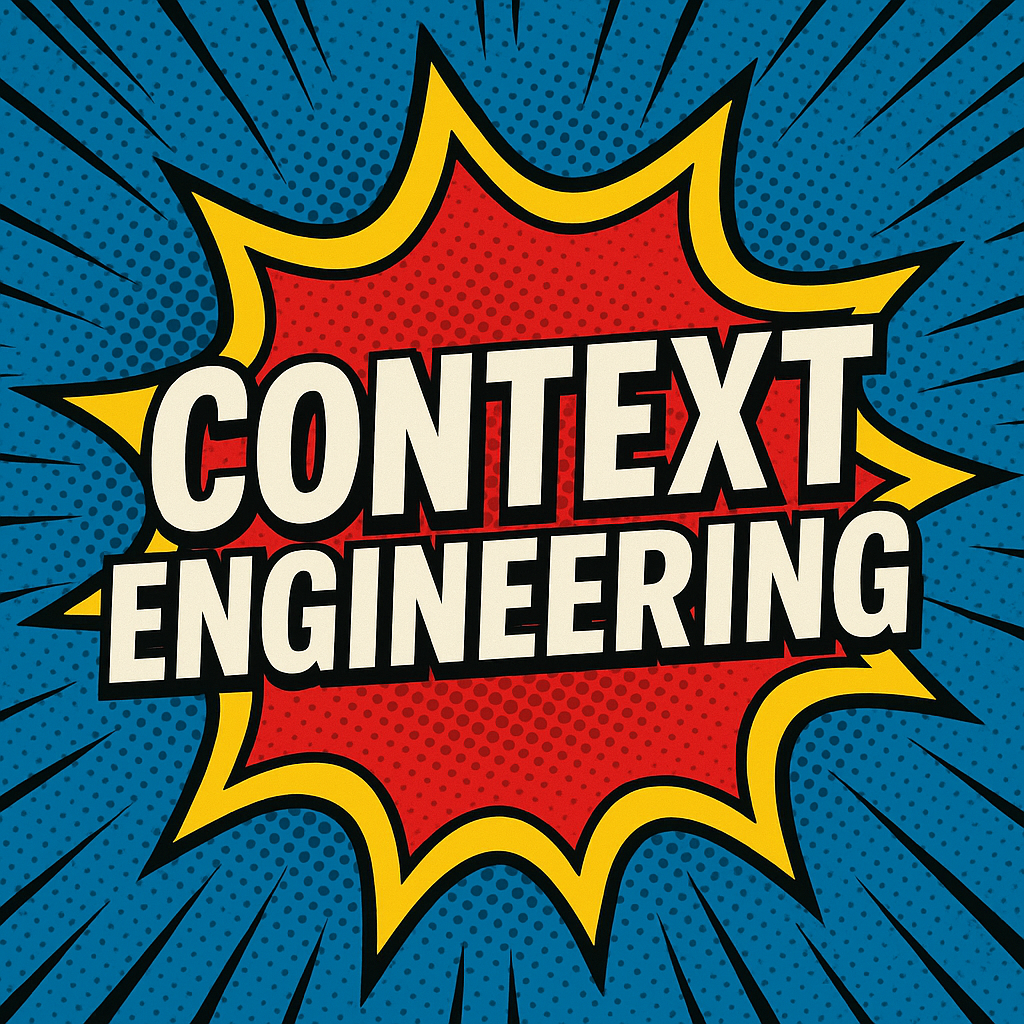
Context Engineering: Optimizing Enterprise AI
Large Language Models (LLMs) and AI agents are only as effective as the context they receive. A well-crafted prompt with rich, relevant background information can yield dramatically different results than a bare-bones query. Recent studies show that LLM performance can vary by up to 40% based solely on the quality and relevance of input context, making the difference between a helpful AI assistant and a confused chatbot.
This reality has given rise to a new discipline: Context Engineering is to AI what Prompt Engineering was to GPT-3. While prompt engineering focused on crafting better individual requests, context engineering takes a systems-level approach to how AI applications understand and respond to their environment.
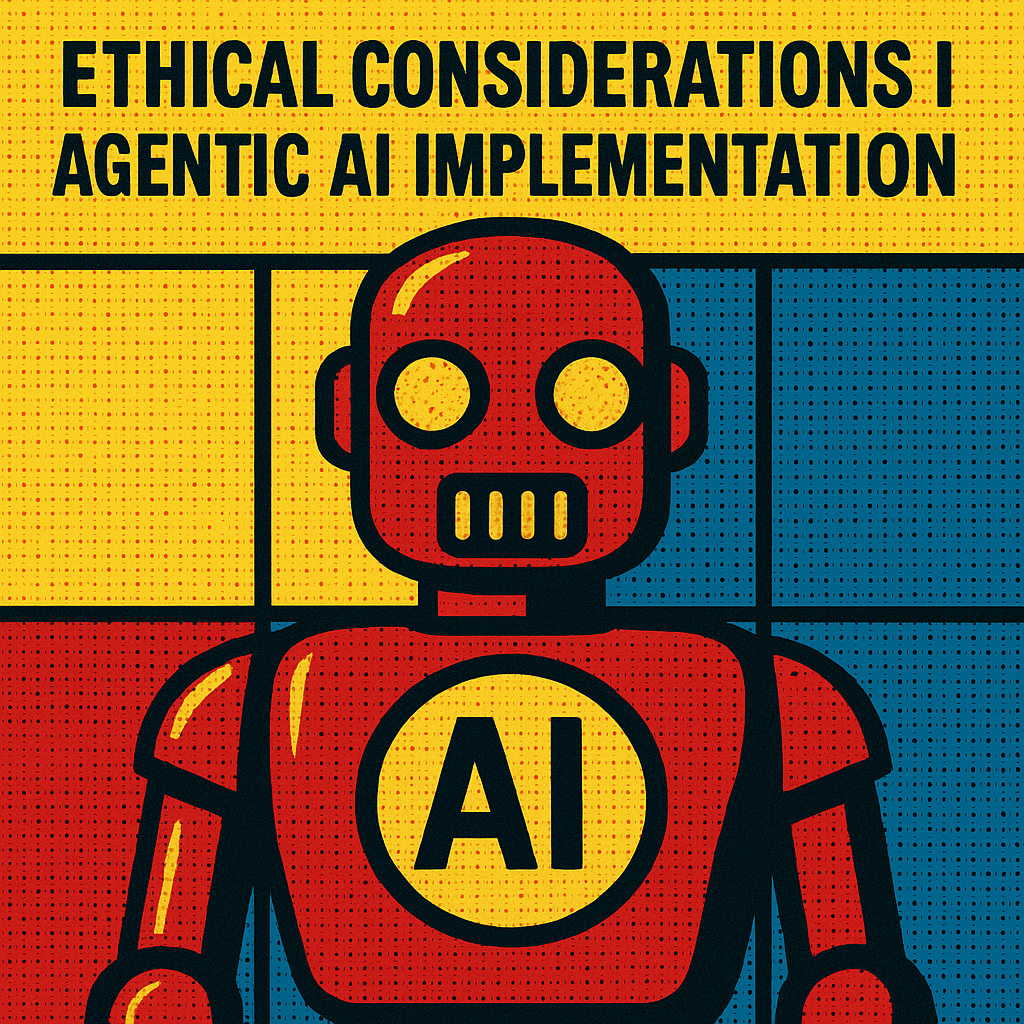
Ethical Risk Zones for Agentic AI
As organizations rapidly adopt agentic AI systems capable of autonomous decision-making, five critical ethical risk zones demand immediate attention from business leaders and technologists. Unlike traditional AI tools that assist human decision-makers, these autonomous agents can act independently at scale, creating unprecedented challenges around accountability, transparency, and human oversight. The "moral crumple zone" emerges when responsibility becomes unclear between developers, deployers, and the AI systems themselves, while bias amplification risks occur when autonomous decisions perpetuate discrimination without human intervention.

VC Funding Surge in the First Half of 2025: AI Drives Record Investment
Startup funding from venture capital experienced remarkable growth in the first half of 2025, with artificial intelligence continuing to dominate investments across global markets. The surge in funding, combined with renewed exit activity and improving market sentiment, signals a potential turning point for the startup ecosystem after years of adjustment following the peak funding years of 2021.

The Impact of AI on DevOps: From Deployment to Orchestration of Intelligent Systems
DevOps is experiencing its most significant transformation since the approach gained wide adoption. What started as a cultural shift to break down silos between development and operations teams has evolved into something far more complex and powerful. Today, we're not just deploying static code anymore; we're orchestrating intelligent systems that learn, adapt, and evolve in real-time.

From Retrieval to Reasoning: Building Self-Correcting AI with Multi-Agent ReRAG
RAG systems combine the power of large language models with external knowledge retrieval, allowing AI to ground responses in relevant documents and data. However, current implementations typically follow a simple pattern: retrieve once, generate once, and deliver the result. This approach works well for straightforward questions but struggles with nuanced reasoning tasks that require deeper analysis, cross-referencing multiple sources, or identifying potential inconsistencies.
Enter Multi-Agent Reflective RAG (ReRAG), a design that enhances traditional RAG with reflection capabilities and specialized agents working in concert. By incorporating self-evaluation, peer review, and iterative refinement, ReRAG systems can catch errors, improve reasoning quality, and provide more reliable outputs for complex queries.
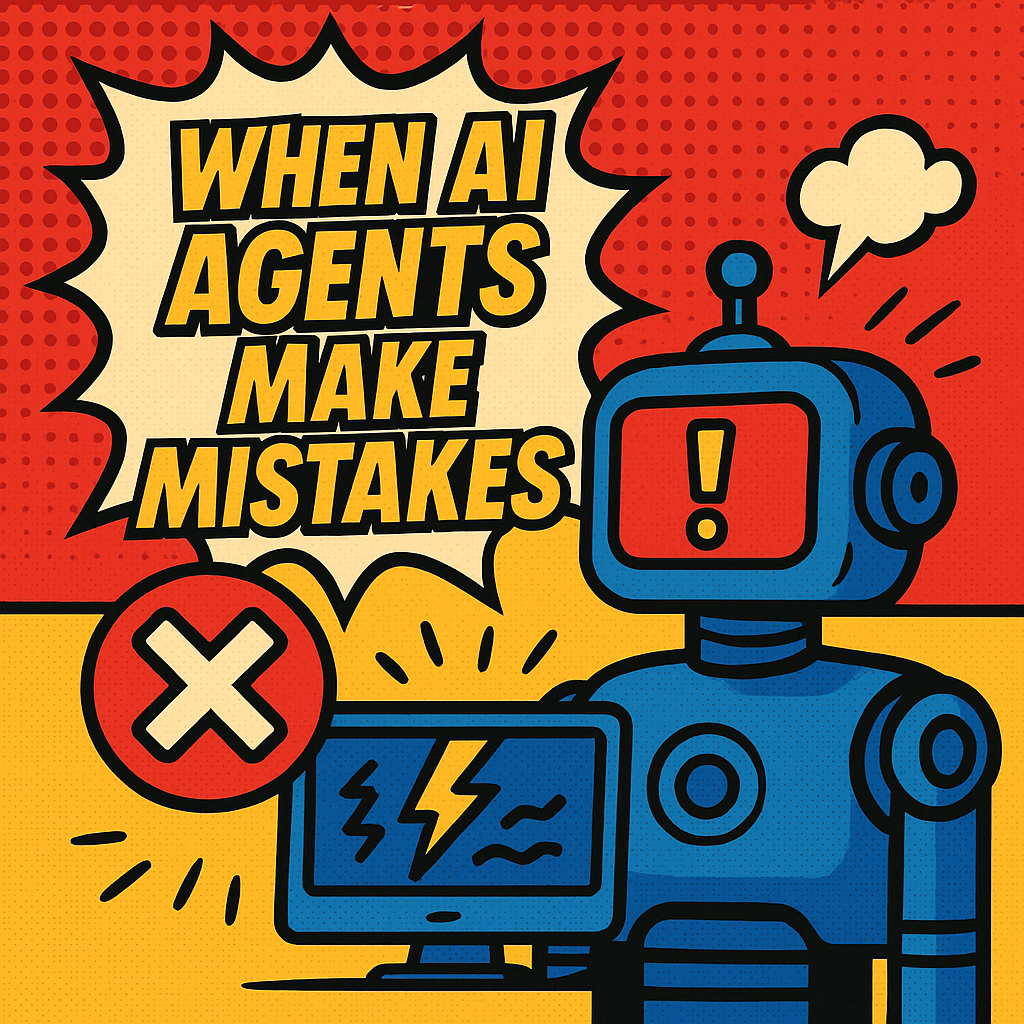
When AI Agents Make Mistakes: Building Resilient Systems and Recovery Protocols
As organizations deploy specialized AI agents to handle everything from customer support to financial processing, we're witnessing a transformation in how work gets done. These intelligent systems can analyze data, make decisions, and execute complex workflows with remarkable speed and precision. However, as organizations scale their AI implementations, one reality becomes clear: AI agents are not infallible.
The rise of AI agents brings enormous potential for automation and productivity gains, but it also introduces new categories of risk. Unlike traditional software that fails predictably, AI agents can make mistakes that appear rational on the surface while being completely wrong in context. This is why designing for failure and resilience is not just a best practice but a necessity for maintaining trust and operational continuity in AI-driven systems.
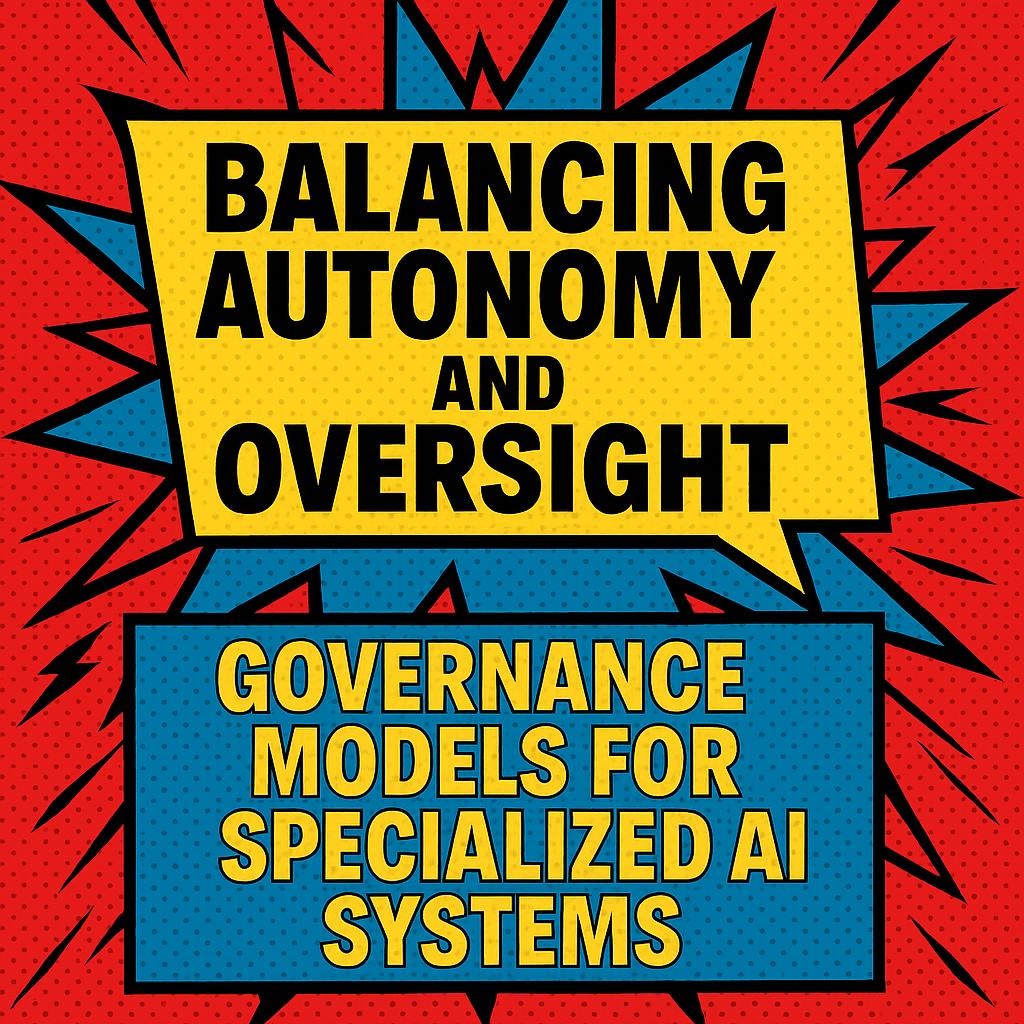
Balancing Autonomy and Oversight: Governance Models for Specialized AI Systems
As AI systems become increasingly specialized and autonomous, effective governance becomes an organizational necessity. These aren't general-purpose chatbots, they're sophisticated agents making consequential decisions in finance, healthcare, legal analysis, and industrial operations. Each specialized deployment introduces unique governance challenges that traditional oversight models simply weren't designed to handle.
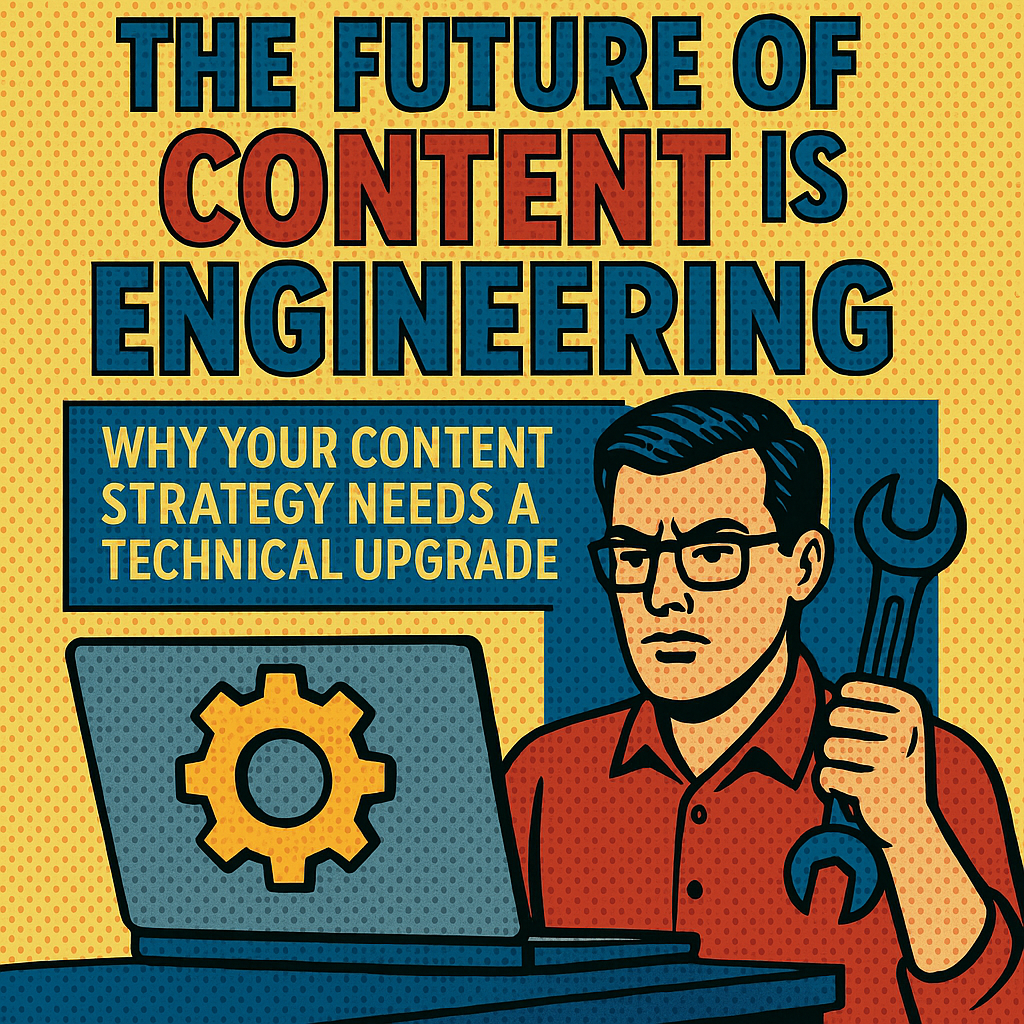
The Future of Content is Engineering: Why Your Content Strategy Needs a Technical Upgrade
Content isn't just about great writing anymore. As brands struggle to scale across multiple platforms, personalize experiences, and stay competitive in an AI-driven world, a new discipline is emerging that bridges the gap between creative content and technical implementation: content engineering.

The Evolution of RAG: From Basic Retrieval to Intelligent Knowledge Systems
Retrieval-Augmented Generation (RAG) has transformed and evolved to meet emerging business and system requirements over time. What started as a simple approach to combine information retrieval with text generation has evolved into sophisticated, context-aware systems that rival human researchers in their ability to synthesize information from multiple sources.
Think of this evolution like the development of search engines. Early search engines simply matched keywords, but modern ones understand context, user intent, and provide personalized results. Similarly, RAG has evolved from basic text matching to intelligent systems that can reason across multiple data types and provide nuanced, contextually appropriate responses.
